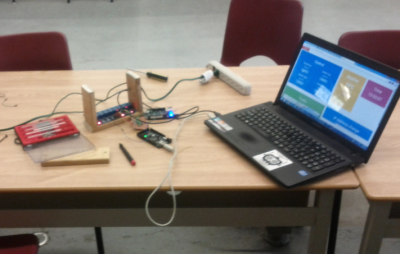Week 24 of the Caption CERN Contest was one for the books. There were so many good captions that we had a hard time picking a winner! Thank you to everyone who wrote up a caption and entered the contest. We still don’t know quite what this device was. Our best guess is a coil from a beam line. Some creative positioning and camera focus sure turned it into a conversation piece though!
The Funnies:
- “I am the Face of Boe. Has anyone seen the Doctor?.” – [jonsmirl]
- “CERN’s brief attempt into the consumer “Pro” audio market. They lost out to the competitions because they didn’t use unidirectional oxygen free copper wires that are blessed by the Tibetan monks. They might be the expert with super conductor magnets, but one hard lesson they have learnt is that you can’t spell consumer without the “con” part.” – [K.C. Lee]
- “Go ahead pick up the operating tool!! For your first task remove the patient’s tooth for 10 points. But beware!!! there’s the 10,000K volt charge if you touch the sides!! Enjoy!!!” – [EngineerAfterLunchTime]
This week’s winner is [surubarescu] with “Prototype of the sextuple face electric razor was a complete technical success, but it never went into full production due to some raised (then lost) eyebrows.” Enjoy your new Teensy 3.1 from The Hackaday Store, [surubarescu]!
Week 25
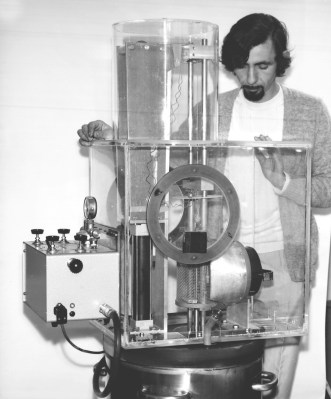 We’re not kidding when we say CERN scientists and engineers really get into their work. Check out this CERN scientist looking down at his… uh, experiment. We’re not sure exactly what this device is. There is a sealed chamber, but is it a vacuum, or some sort of specialized atmosphere for the research this scientist is working on? Either way, he seems very interested in whatever is happening inside this box!
We’re not kidding when we say CERN scientists and engineers really get into their work. Check out this CERN scientist looking down at his… uh, experiment. We’re not sure exactly what this device is. There is a sealed chamber, but is it a vacuum, or some sort of specialized atmosphere for the research this scientist is working on? Either way, he seems very interested in whatever is happening inside this box!
So what’s happening here? High energy physics, or some new coffee maker? You tell us!
This week’s prize is once again a Teensy 3.1 from The Hackaday Store. Add your humorous caption as a comment to this project log. Make sure you’re commenting on the contest log, not on the contest itself.
As always, if you actually have information about the image or the people in it, let CERN know on the original image discussion page.

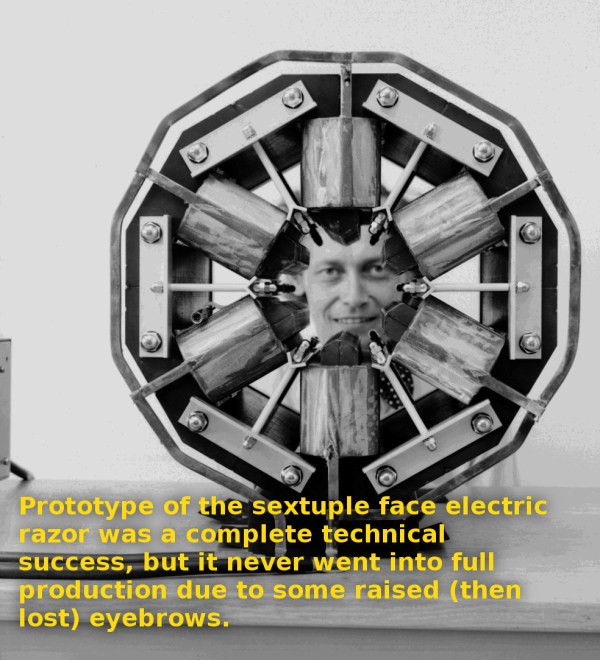

 There is no denying that personal drones are in the public eye these days. Unfortunately they tend to receive more negative press than positive. This past weekend, there were news reports of a wildfire in California.
There is no denying that personal drones are in the public eye these days. Unfortunately they tend to receive more negative press than positive. This past weekend, there were news reports of a wildfire in California. 


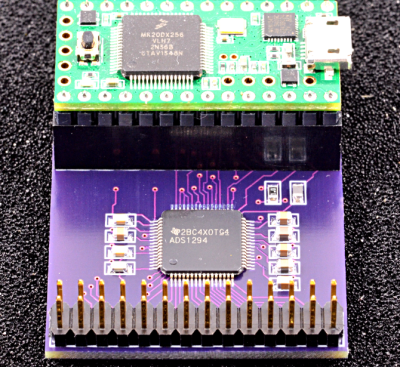
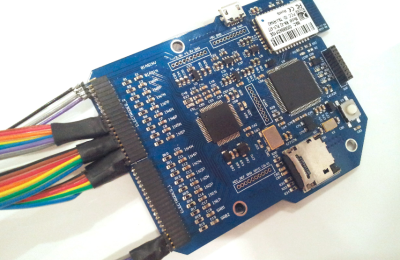
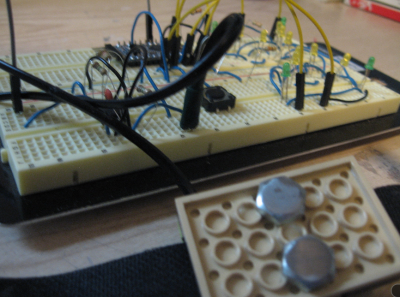
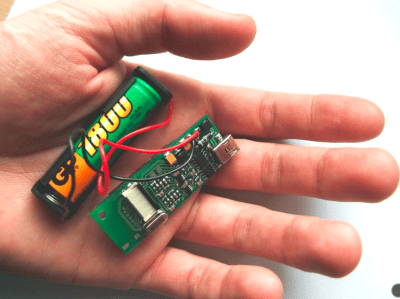

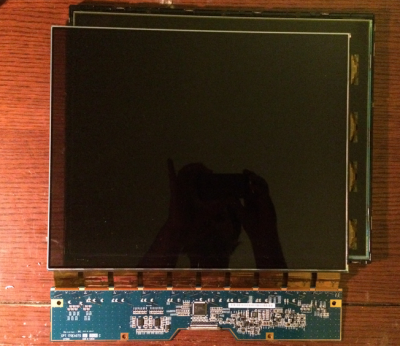 Travis] figured out the transparent badge was actually a polarizing filter. Every standard LCD has two of them, usually bonded to the glass of the LCD itself. If you remove the filters from a LCD, you’ll get a prime view of the backlight –
Travis] figured out the transparent badge was actually a polarizing filter. Every standard LCD has two of them, usually bonded to the glass of the LCD itself. If you remove the filters from a LCD, you’ll get a prime view of the backlight – 

 teven] is giving the smart home more senses with
teven] is giving the smart home more senses with